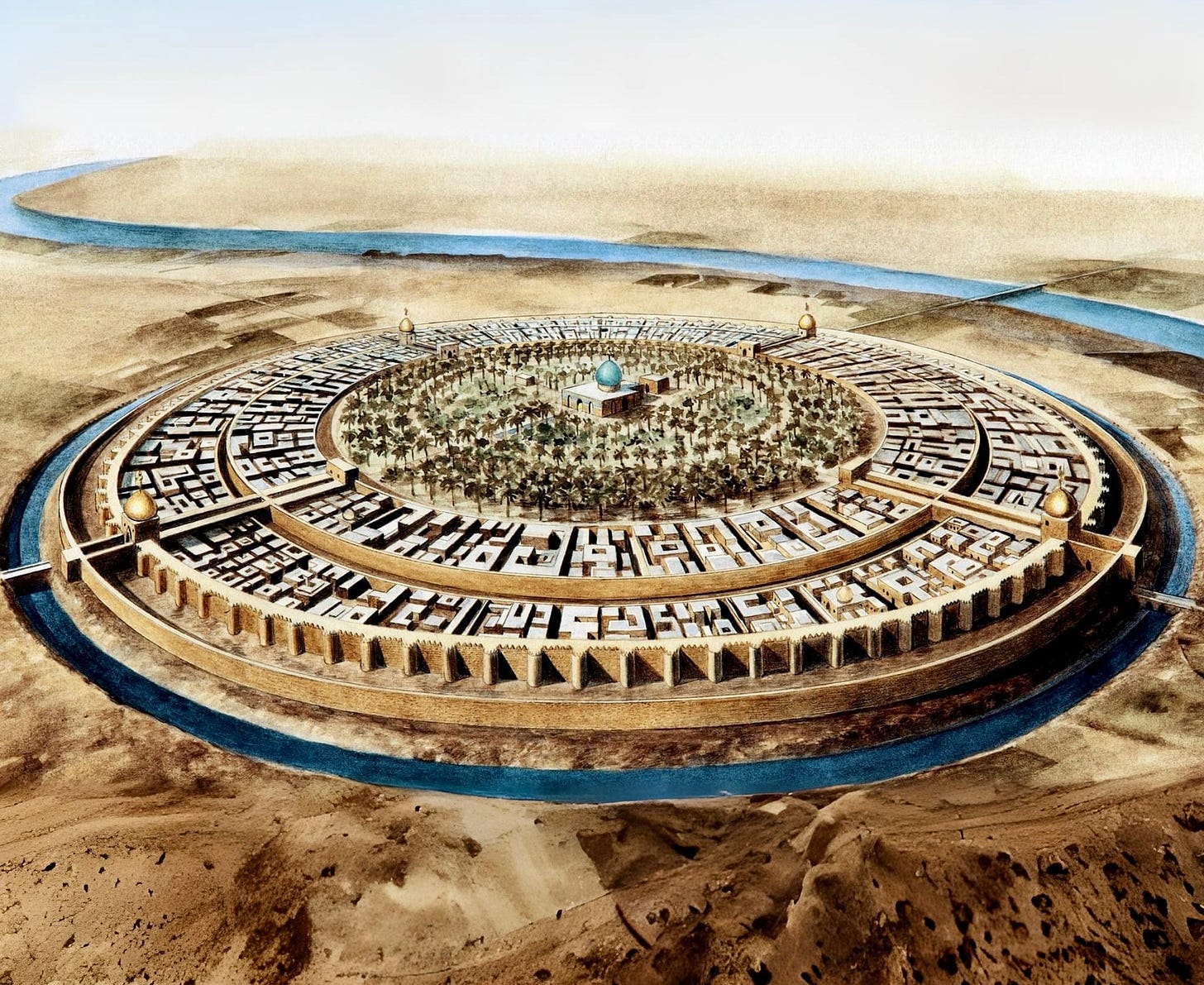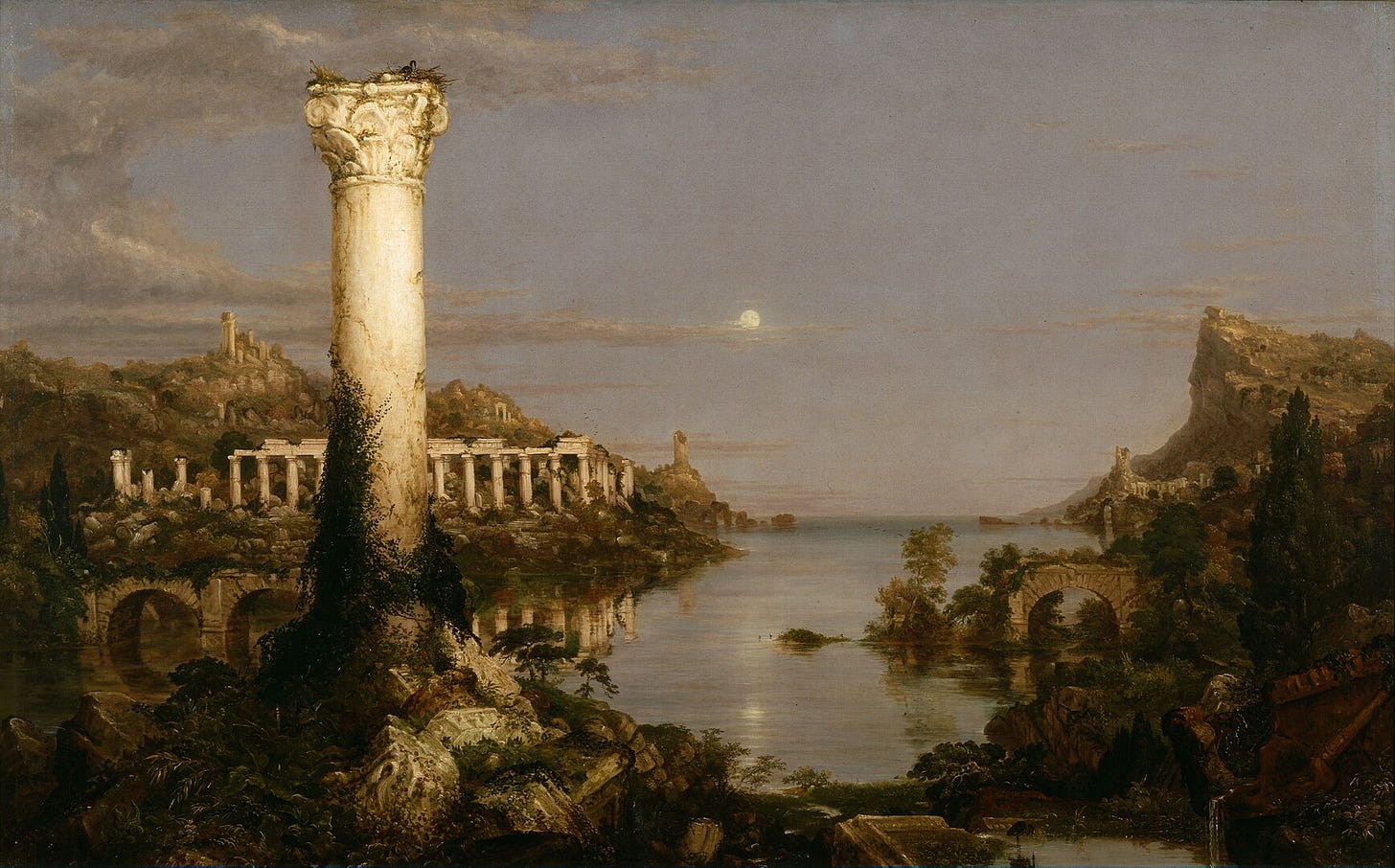“How Much Knowledge Was Lost to History?”

Originally posted on Substack

Temples to Wisdom

Only truly civilized cultures dedicate themselves to building up a storehouse of knowledge. That’s why libraries are the trademark of civilization — and the their destruction reflects the downfall of culture.
Here’s a look at three of the greatest libraries in history that suffered dramatic ends:
- What knowledge and cultural treasures were lost with them?
- And what do these stories teach us about our own advanced, yet precarious civilization?
Royal Library of Ashurbanipal

Near modern-day Mosul, Iraq lie the ruins of one of the world’s first great libraries — a library not destroyed by fire, but preserved by it.
Assyria’s last great king, Ashurbanipal, came to the throne in the 7th century BC and established his personal library at Nineveh. By exerting his military force to gain material for his library, Ashurbanipal accumulated over 30,000 clay cuneiform tablets.
Although Ashurbanipal’s relentless pursuit of books (in reality, clay tablets) may have been motivated by a desire to gain a fighting edge through occult knowledge, the library contained more than spellwork and astronomy: it was also a hub for medical knowledge, literature, and more.
In 612 BC, Babylonian forces attacked and burned Nineveh. Fortunately, though, the library’s riches weren’t lost to history.
Instead of destroying the recorded knowledge of the library, the fire baked the clay tablets even harder, ensuring that they survived for almost 2,600 years. Without this accident of history, we wouldn’t have such treasures as the Epic of Gilgamesh and the Enuma Elish — both of which are touchstones of ancient culture that come to us through Ashurbanipal’s great library.
Great Library of Alexandria

The ancient world had many libraries, most of which focused on preserving a local people’s traditions. But as the first universal library, the Library of Alexandria, was the first that sought to consolidate knowledge from the entirety of the known world.
The library became an emblem of Egypt’s prestige after its founding in the 3rd century BC. Egyptian agents journeyed to major cities to purchase as many books as possible, and every ship that docked in Alexandria was required to lend its books to the library to copy. Surrounded by its own campus that housed visiting scholars and over 100 staff librarians, the Library of Alexandria quickly outshone every other center of learning in the known world.
Unfortunately, the library was eventually destroyed — in part by a fire, in part by civil unrest during the reign of Emperor Aurelian, and in part (according to legend) by Caliph Omar’s conquest of Alexandria in 642 AD.
Fortunately, Alexandria’s librarians had assiduously copied texts to send elsewhere around the world, and for that reason, much of the library’s contents are not completely lost.
What was tragically lost, however, was the library’s revolutionary system of organization. A librarian named Callimachus had catalogued it by subject, author, with a summary of each book’s contents — the first time this was ever done in the West. It was 120 papyrus rolls of information, essentially a detailed guide of the entire intellectual world of antiquity. If we could have just one document back, it would be that.
Even more, Alexandria lost its role as a centralized hub of knowledge. Previously, scholars would travel there from all over the world to seek knowledge. After the library’s destruction, there was no longer a de facto hub for scholars to obtain the knowledge they sought.
House of Wisdom

As the remnants of the Classical world dimmed in the West, a new world arose in the Middle East. The Islamic Golden Age, a period of study and flourishing for the Islamic world from the 8th to 13th centuries, raised the world’s next great library: the Library of Baghdad.
This “House of Wisdom” benefited from the Translation Movement, a push to translate the world’s great texts (predominantly Greek classics) into Arabic. The movement represented the intellectual world centralizing in the Abbasid Empire, and the Library of Baghdad was at the center of that world.
The House of Wisdom was a hub of practical knowledge as well as the liberal arts. Its scholars put their studies to use as architects, engineers, civil servants, and physicians.
This Islamic Golden Age was hastened to an end on Feb 13, 1258, when the Mongol army entered Baghdad and pillaged the city. Though some 40,000 books had been saved from the city before the attack, the invaders threw so many books into the Tigris that the river was said to run black with ink…
Generations to Build, a Moment to Destroy

Collected knowledge is the mark of a civilization’s greatness. It’s the repository of skills and wisdom that it can draw from to design new buildings, overcome new problems, and create new works of history-defining art.
At the same time, libraries are among the most fragile institutions in culture. A single attack can wipe out a civilization’s centralized collection of knowledge.
But whether it’s because of riots, civil unrest, or invaders ripping apart priceless books to make sandals out of the leather covers, destruction occurs when people forget the value of knowledge that doesn’t immediately serve them.
When a culture focuses exclusively on knowledge that serves it in the present, it loses touch with its tradition and extended knowledge of the past, and the intangible (yet very real) value of eternal wisdom.
Remember: texts through history weren’t generally lost in fires. They were lost because they weren’t copied enough in the first place — cultures need a reason to preserve them.
Alexandria’s scrolls were at risk long before disaster struck, because successors to Ptolemy didn’t share his commitment to knowledge, and the library fell into disuse. Classical culture had already fallen to a far worse fate than fire — apathy.
Art of the Week

The great English-American painter Thomas Cole created a series of five paintings to describe the rise and fall of an imaginary empire: from its origins in a bucolic valley, to its zenith as a Hellenistic metropolis.
The fourth image in the series depicts the civilization’s downfall at the hands of a fleet of enemy ships. The city’s statues are broken, its buildings are in flames, and its people are seized and slaughtered.
Cole’s grim depiction shows what he believed to be the eventual fate of all great civilizations. In contemplating the painting, there’s no escaping the question: is it possible to build a culture that doesn’t eventually fall?
Or is the work of culture to prolong the inevitable for as long as possible?



